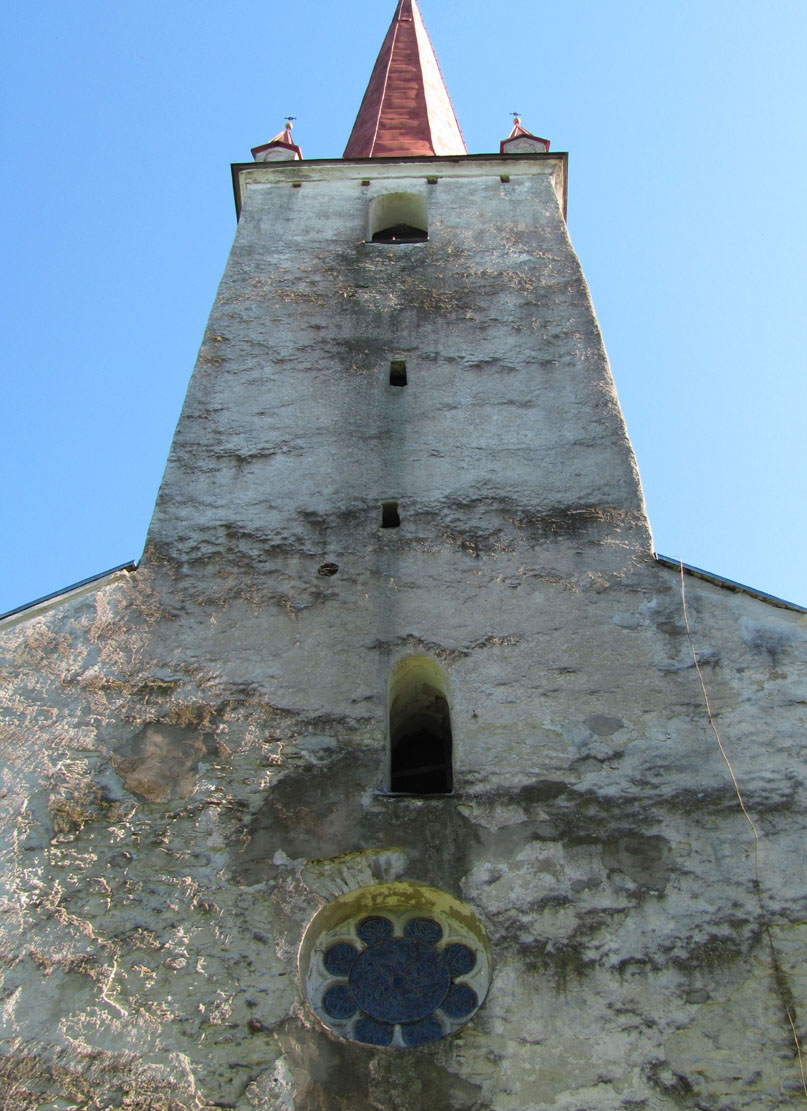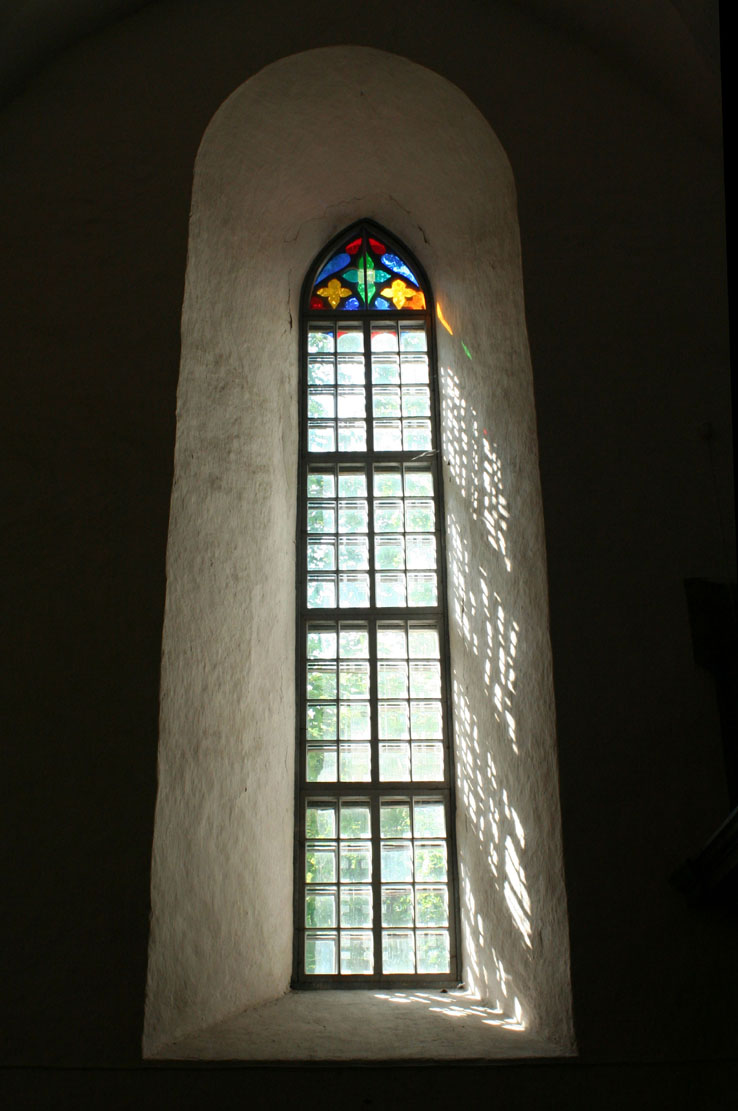History
Construction of the church in Ambla began in the mid-13th century. A little later, but still in the 13th century, a tower was added and the nave was vaulted, and at the beginning of the 14th century a porch was built on the north side. At that time, the church was dedicated to the Blessed Virgin Mary, the principal patron saint of the Teutonic Order and the Livonian Brothers of the Sword, although it was also called Amplae Maria – Great Mary, which likely gave the settlement its name. The church may also have served a defensive function, as it was located in the northernmost region of the order’s estate, bordering the Danish administrative region. In the 16th century, it suffered damage during the Livonian Wars, when, among other things, all of the original church furnishings were destroyed. A new, Baroque interior was built during the 17th-century renovation of the building. In 1857, the church was damaged again by fire, which destroyed the roof and tower. Reconstruction was carried out the following year.
Architecture
The church of the Blessed Virgin Mary was built on flat ground on the eastern side of a small river. Originally, it was a hall-shaped structure, orientated toward the cardinal sides of the world, consisting of an aisled, four-bay, rectangular nave and a small square-shaped chancel on the eastern side. Furthermore, the chancel was adjoined to the south by a narrow, three-bay sacristy, filling the gap between the southern aisle and the chancel. During the second construction phase in the 13th century, a quadrangular tower was incorporated into the western part of the nave, achieving a slender form of the size of the western bay of the nave. In the early 14th century, a quadrangular porch was added in front of the northern entrance.
The church was initially a simple, austere structure, devoid of decorative elements, perhaps influenced by the Dominicans. The exterior facades were devoid of buttresses or pilasters. It were separated by narrow, tall, lancet windows with larger splays facing inward and smaller ones outward. The eastern wall of the chancel was distinguished by a slightly wider, two-light window with tracery featuring two trefoils and one quatrefoil. Furthermore, an oculus filled with a tracery rose, one of the earliest to be built in the region, was placed in the western wall of the nave. A second oculus window was placed above the sacristy in the southern wall of the chancel. The entrance was located on the axis of the western façade, in the southern wall, and in the third bay from the west in the northern aisle. The church thus had three pointed, unmoulded entrance portals, a significant number for a rural parish church, perhaps related to pilgrimage function.
Inside the church, only the small chancel was originally vaulted, with a ribless groin vault. On the eastern side, it was terminated by a wide arcade with a pointed arch, probably serving as a kind of canopy over the main altar. Chancel was connected to the nave by a tall, simple arcade. The western wall of the nave contained stairs to the attic, extended in the second half of the 13th century, when a vault was built over the nave and aisles, divided into bays by wide arch bands. This vault was supported by four tall columns with low capitals, covered with late Romanesque bas-relief floral decoration (one of the capitals depicts a man with raised arms). The tower opened onto the nave with a tall pointed arch, visually extending the central bays.
Current state
Today, the church of the Blessed Virgin Mary is the oldest sacral building in Järva County. Despite early modern damages, it has retained its austere early Gothic shape along with several valuable architectural details, such as the western and southern rose windows, the eastern tracery window (partially damaged), the vaults in the nave, aisles, sacristy, and chancel, along with their supporting system (bas-relief column capitals, wall corbels in the nave), and the eastern altar niche.
bibliography:
Eesti arhitektuur 3, Harjumaa, Järvamaa, Raplamaa, Lääne-Virumaa, Ida-Virumaa, red. V.Raam, Tallinn 1997.



